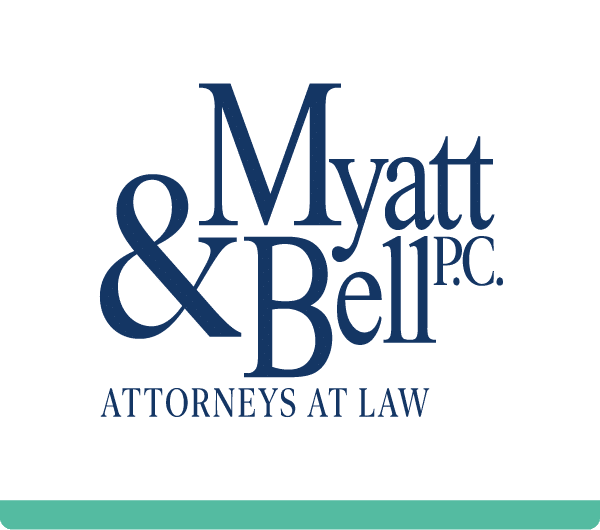
Upon returning from our end of the year break, we were greeted with a change of law effective January 1, 2020. The Secure Act was passed in the waning hours of 2019, raising floods of questions from clients and our professional partners. Here is a partial list of some of the Secure Act changes to the rules on individual retirement accounts (IRAS), which include 401(k)s, 403(b)s, 457(b)s and Roth IRAs:
- Changed the maximum age for traditional IRA contributions
- Required minimum distribution age raised from 70 ½ to 72
- Partial elimination of stretch IRAs and creation of a 10-year rule for inherited IRAs
Please consult your financial advisor for a detailed description of the changes and how they might affect your financial plan. For estate planning ramifications, the main impact is the partial elimination of the stretch for retirement accounts and the impact to our Retirement Preservation Trust.
What is/was a Stretch IRA?
Prior to 2020, the stretch enabled a non-spouse beneficiary of an inherited retirement account to withdraw funds over the lifetime of the beneficiary, in small annual amounts based on the beneficiary’s life expectancy. This meant that the minimum distributions each year for the beneficiary would usually be substantially smaller than the deceased account holder. As such, it was said to stretch the retirement account over the lifetime of the beneficiary.
What’s the new 10-year rule?
The stretch is now obsolete. Instead, unless an exception applies, a beneficiary of an inherited retirement account must withdraw all of the funds within 10 years of the death of the original account owner. Exceptions to the 10-year rule apply:
- If the beneficiary of the retirement account is the surviving spouse of the original account holder, then the surviving spouse is not subject to the 10-year rule.
- If the beneficiary of the retirement account has not attained the age of 18 when the original account holder dies, then the new 10-year withdrawal rule starts when the beneficiary attains the age of 18.
- If the beneficiary of the retirement account is disabled, by legal definition, then they are not subject to the 10-year rule.
How does the Secure Act affect my Revocable Living Trust or Retirement Preservation Trust?
If you trust your desired beneficiary to manage the inherited retirement account, then don’t designate a trust as beneficiary of such retirement account. Rather, designate the name of your beneficiary directly (either as primary or secondary/contingent) on the retirement account’s beneficiary designation form.
If you don’t trust your beneficiary to manage the inherited retirement account, then designate our Retirement Preservation Trust. A Retirement Preservation Trust is a trust within your Living Trust, usually located as the last section of Article Eleven (in married joint trusts), Article Seven (in single trusts), and Article Ten (in married separate trusts). The title of the section is “Retirement Preservation Trust.” In short, the Retirement Preservation Trust allows a Trustee to manage the retirement account(s) if your desired beneficiary is not financially capable of managing such account.
How do I know whether I trust my beneficiary or whether I need a Retirement Preservation Trust? If you can imagine your beneficiary having the hypothetical conversation below, then you need a Retirement Beneficiary Trust within your Living Trust:
Beneficiary asks your financial advisor, “How much money is in my IRA share?”
Financial advisor responds, “$500,000”.
Beneficiary thinks of the ways to spend it and asks the advisor a follow up question, “How much do I get if I take all of it now?”
Financial advisor responds, “I have to do the precise math, but you would only get about $250,000 because the rest would be paid to the government in income taxes.”
Beneficiary replies quickly, “Wow! That’s still a quarter of a million dollars! Draw up the paperwork; I’ll take it!”
If this describes your beneficiaries, please contact us for an update to your Living Trust.
If you already have a Retirement Preservation Trust in your Living Trust, then the Secure Act reform and the 10-year rule will now result in the beneficiary of the unamended Retirement Preservation Trust to allow the beneficiary to access the funds in full at age 28. If you are satisfied that your beneficiary will be trusted to manage such assets at age 28, then no further change is required. If you desire the trustee to continue to manage the retirement funds in the Retirement Preservation Trust beyond your beneficiary attaining age 28, then please contact us for a minor amendment to your Living Trust.
Coordination is Advised between your CPA, Financial Planner, and Attorney
With this change in the law, the tax and inheritance consequences to your beneficiaries will be impacted by how and where you choose to invest your savings, as well as which accounts you choose to spend during your retirement. Prior to 2020, many parents saved their IRAs as long as possible so that they could pass them to their children as the largest portion of their inheritance.
With the new law, some families may consider spending down their IRAs during retirement, while increasing the value they have in real estate and after-tax accounts that will pass to the children. As always, the law just gets more complicated, which means that there is more to be gained from having a solid strategy where your CPA, financial planner, and estate attorney are all on the same page.
If you would like to update your Living Trust to add or modify a Retirement Preservation Trust or would like to schedule a strategy meeting with your professional team, then please do not hesitate to contact us.





